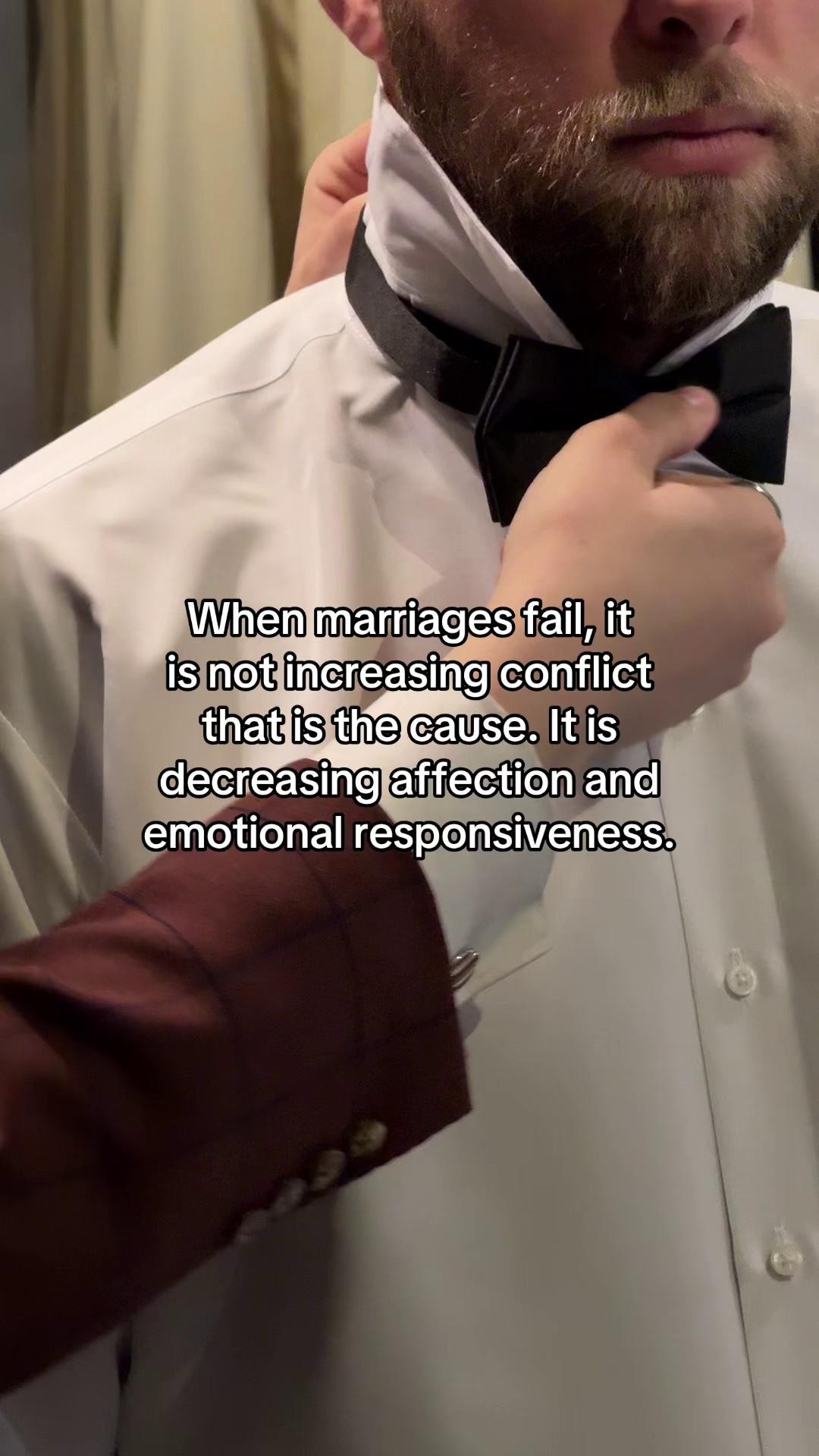oundaries are the limits we set to protect our emotional, physical, and mental well-being. They define what feels okay for us and what doesn’t, and help us stay connected to ourselves while staying connected to others.
Boundaries are a vital part of any healthy relationship. They create space for individuality, emotional safety, and trust to grow. Whether it’s about how you spend your time, how you handle conflict, or how you express your needs, boundaries help both partners feel respected and emotionally secure. Boundaries help both partners feel respected and emotionally secure, because they reduce anxiety, clarify expectations, and create a foundation where both people can show up honestly without fear of judgment or overstepping.
But here’s where things get tricky: sometimes what we believe is a boundary is actually a form of control. It might come from a desire to feel safe or close, but instead of fostering connection, it creates pressure, tension, or distance. The intention may be to protect the relationship, but the impact can feel more like monitoring or managing each other than mutual respect.
So how do you recognize the difference?
Healthy Boundaries: Built on Self-Awareness and Mutual Respect
A healthy boundary is something you set for yourself. It’s rooted in your own needs, limits, or values. It is not you trying to control your partner’s behavior. Think of it as saying, “Here’s what I’m okay with, and here’s what I need.”
Healthy boundaries often sound like:
- “I need some time to myself after work before I’m ready to talk.”
- “I want to be open with each other, and I also need privacy around my journal or personal messages.”
- “I’m happy to support you, and I can’t cancel my plans every time something comes up last minute.”
These kinds of boundaries reflect a commitment to emotional well-being and honest connection. They don’t come with threats, guilt, or punishment. They’re not about forcing change in your partner, they’re about honoring your own emotional wellbeing while leaving room for open, respectful conversation.
Controlling Behavior in Relationships: Disguised as Boundaries
Controlling behavior often gets framed as “just having boundaries,” but there’s a key difference in both tone and intention. Control says, “I need you to do this so I feel okay,” and it often comes with pressure, rigidity, or fear underneath.
Some signs of controlling behavior might include:
- Telling your partner who they can or can’t talk to.
- Demanding constant updates about their whereabouts.
- Making rules that limit their freedom under the guise of “respect.”
- Withholding affection or connection as a consequence when they don’t meet your expectations.
Unlike boundaries, controlling behavior limits someone else’s autonomy. It often centers around anxiety, insecurity, or the need to manage discomfort by shaping another person’s actions. And while those underlying feelings might be valid, the strategy can backfire, causing tension, secrecy, and emotional distance.
The Intention Behind the Behavior
Understanding the difference isn’t just about checking off behaviors, it’s also about noticing what’s happening emotionally underneath. Is this about creating safety and understanding? Or is it about trying to reduce anxiety by controlling what someone else does?
Research from the Gottman Institute shows that healthy relationships thrive on trust, personal agency, and emotional attunement. When boundaries are shaped with those values in mind, they bring couples closer. When fear or distrust drives the interaction, it often pushes partners apart.
If you're unsure whether something is a healthy boundary or a form of control, try asking yourself:
- Am I expressing a need, or making a demand?
- Is this about my values, or managing my partner’s choices?
- Is there room for mutual agreement and dialogue?
- How would I feel if my partner made the same request of me?
Setting Healthy Boundaries Without Controlling Each Other
Building a relationship that honors both connection and individuality takes care, honesty, and mutual accountability. Here are a few ways to stay in the healthy boundary lane:
1. Speak from your own experience.
Use “I” statements instead of “you” ones. For example, “I feel overwhelmed when I don’t hear from you all day” is very different from “You need to text me every hour.”
2. Be open to dialogue.
A boundary doesn’t have to be a hard rule. When both partners can talk about what they need and why, it becomes a space for negotiation and growth, not a power struggle.
3. Make room for trust.
Trust grows through consistency, repair, and emotional responsiveness. If you’re feeling unsure, get curious about what that insecurity is pointing to and talk about it, rather than trying to control it.
4. Check your tone and delivery.
Even a reasonable request can feel controlling if it’s delivered with blame, sarcasm, or threat. Take a breath. Rephrase. Ask, “How do you feel about that?” when you’re unsure.
5. Revisit and adjust as you go.
Boundaries aren’t one-and-done. As life changes, so do your needs and comfort zones. Healthy relationships have space for checking in, recalibrating, and trying again.
Final Thoughts
Protecting your relationship doesn’t mean protecting it from each other. It means creating the kind of environment where you can both be fully yourselves—honest, flawed, growing—without losing connection. Boundaries aren’t meant to be walls. They say: this is where I end, and where you begin. And in the space between us, let’s choose kindness, respect, and care.
If you’re looking for support in finding that balance, OurRitual can help. Whether you’re struggling to express your needs, set healthy limits, or feel more like a team again, we offer practical tools and compassionate guidance to help you navigate it — together. Building a stronger connection doesn’t happen overnight, but you don’t have to figure it out alone.





















